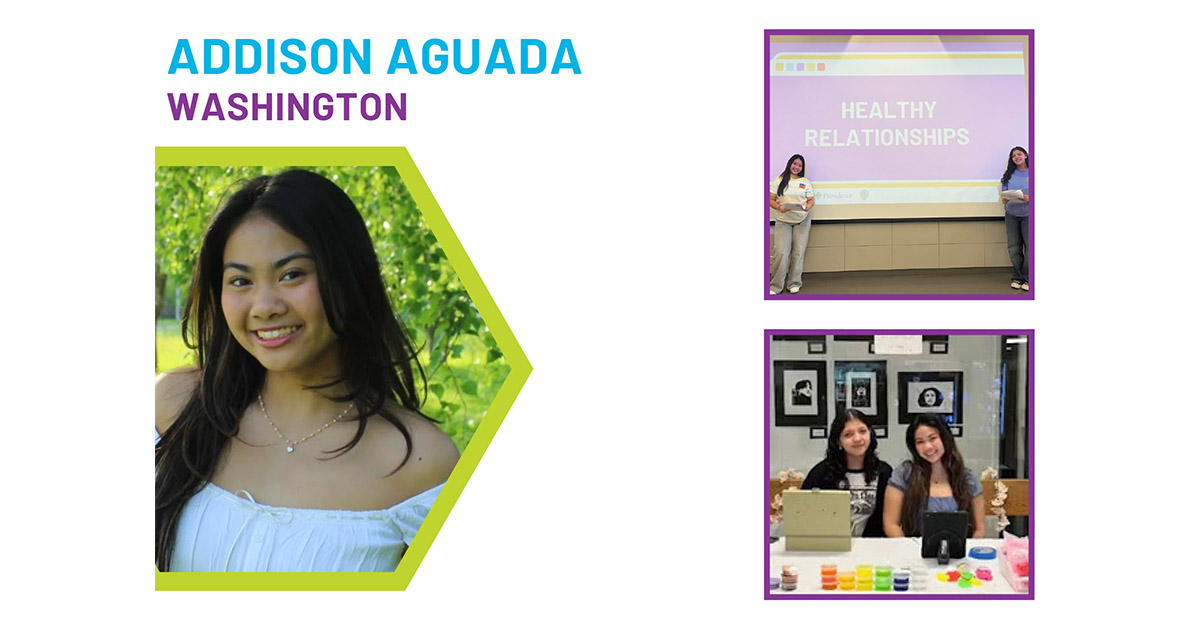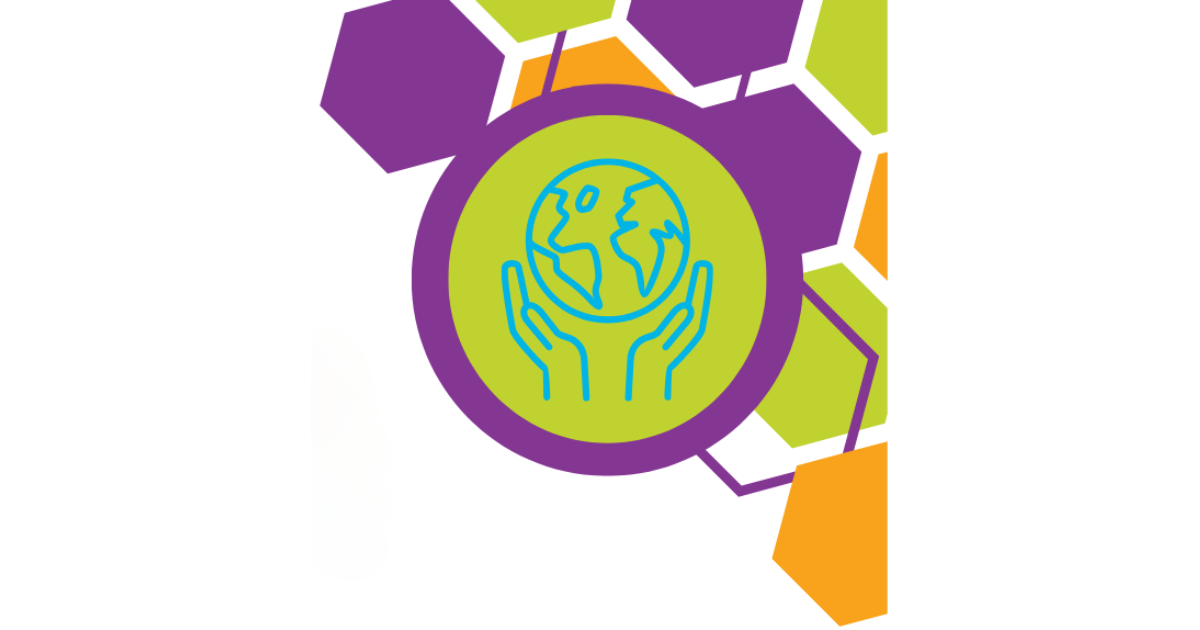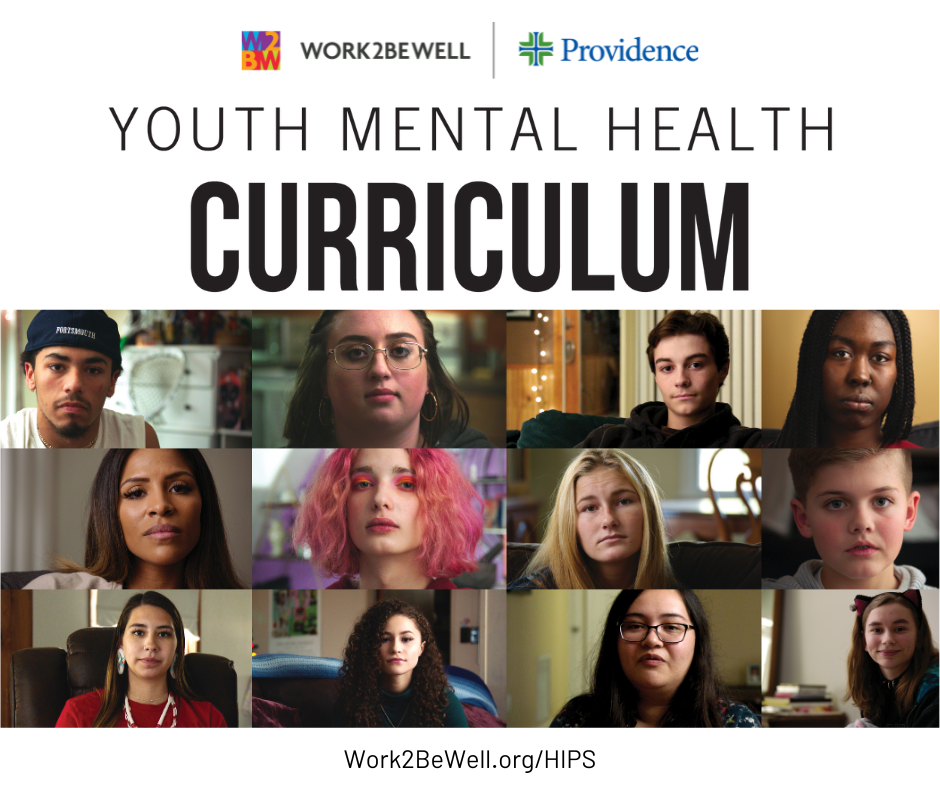By now, just about everyone alive has grown up with access to some kind of screen. Whether it was a TV or a video game system or desktop computer plugged into the web, we were warned as children—by parents, grandparents, and teachers—that too much time in front of “the tube” would be harmful or might even “rot your brain.” But now that the screens have shrunk so much that they fit into our hands and are part of nearly every waking hour of our daily lives, the danger of extended screen exposure is becoming more and more real. That holds especially true for adolescents as they interact via social media. Studies have shown that social media addiction disorder affects more than 200 million people worldwide, and teens who spend five or more hours on social media a day are twice as likely to suffer from depression. And the COVID-19 pandemic, with social distancing increasing our reliance on our devices to stay connected, has only exacerbated the problem.
However, as we begin to emerge from the pandemic, it’s vital that we not overreact and stigmatize the use of social media. These apps, and the devices we use to access them, aren’t inherently evil. In fact, they have become an integral part of our children’s development. They can also be used to raise awareness of—and, in some cases, actually combat—mental health issues among teens. “When I first started, I thought it was my job to help kids stay off of social media,” says Tyson Payne, a psychologist with Providence Pediatric Specialties in Portland, Oregon, and the father of a teenager.
“Now I see that it’s important to let kids have access to social media—with certain limitations. It’s about coaching them to use it appropriately and balance it with other aspects of identity development.”
As parents of teens are well aware, there’s just no avoiding social media in 2021. Apps like Instagram and Snapchat have become integral parts of growing up. Instead of passing notes in the classroom or meeting in the halls between classes, teens are exchanging texts and direct messages. It’s how they connect with each other, form social groups, and even build their own identities as they transition into adulthood. And the digital medium has become even more crucial as COVID-19 has pulled many adolescents from their schools and into the isolation of remote learning.
Of course, the dangers are still present. It has long been apparent that the anonymity of the Internet gives cyberbullies free reign to be as abusive as their imaginations will allow, without real accountability. Children who live almost solely online can come to feel inadequate as they scroll through friends’ photos and posts that are carefully curated (and often artificially enhanced) to display only positive aspects of peers’ lives. There’s also the anxiety of being accepted and getting enough “likes” and “retweets.” Social media also makes it easier for impressionable youths to fall in with the wrong groups. And anything that can be done in excess and can cause addictive behavior is something to be taken seriously.
But, says Erik Loraas, a specialist in psychiatry in the Providence Health System in Spokane, Washington, “addiction is just one aspect of it. It’s important to look at and research the impact on the average person who doesn’t develop addictive behavior but instead incorporates social media into their lives. We’ve seen it has tremendous benefits.”
One benefit for teens is a wider network through which to broaden their interests and build peer groups of like-minded friends. It also provides another channel through which adolescents can reach out for help, support, and feedback.
“In some ways, they can open up more on social media,” says Payne. “It also enables them to find community. For instance, it’s hard for teens diagnosed with diabetes to find others going through the same thing. But through social media, they can find another Instagrammer, or even a celebrity influencer, who has diabetes, and they can follow them and find community through that.”
In that same vein, social media can also be used to raise awareness of mental illness and offer support for teens who may be experiencing symptoms. Many celebrity influencers, from singers to athletes to movie stars, have been open on their social media feeds about their personal experiences with anxiety, depression, and addiction. Some of them have even partnered with health care professionals and health care systems to promote clinically approved steps toward ensuring mental wellness.
 For instance, actor and singer Dana Vaughns recently partnered with Providence to launch an Instagram campaign for mental health awareness. “Mental health is like cleaning the cockpit of a plane,” says Vaughns. “It doesn’t matter how skilled the pilot (your soul) is. If your brain (the cockpit) is cluttered, you won’t be as focused and ready for any emergencies while flying through life.”
For instance, actor and singer Dana Vaughns recently partnered with Providence to launch an Instagram campaign for mental health awareness. “Mental health is like cleaning the cockpit of a plane,” says Vaughns. “It doesn’t matter how skilled the pilot (your soul) is. If your brain (the cockpit) is cluttered, you won’t be as focused and ready for any emergencies while flying through life.”
Social media gives stars like Vaughns a direct connection to young fans, through which they can shine a spotlight on mental health and show that everyone, even a celebrity, deals with their own mental health issues.
“These tools have a tremendous potential to do positive things and normalize mental illness,” says Loraas. “A Tweet or Instagram from someone famous sharing the benefits of treatment can do wonders.”
Social media can also be a path for health care professionals to connect to the public and promote mental health. For instance, Providence has promoted mental health initiatives and published resources through social media. They’ve also conducted events through Facebook Live.
Meanwhile, the key for parents, according to Payne and Loraas, is balance and attentiveness. Children are going to want to be, and in some cases need to be, online at an earlier age. And that can be a good thing, allowing parents to teach them responsible habits from the beginning. Parents can be there with them, setting ground rules, monitoring the amount of screen time, and following them on each platform to watch what they post and what they’re exposed to.
“When my daughter got Instagram, I got Instagram,” says Payne. “You need to be aware of what they post, and they need to be aware that you are aware. As they get older, they’ll want more and more freedom. And that’s okay.”
And throughout the journey, it’s vital to remember that if a parent suspects any problems with or has any questions about their child’s use of social media, they can reach out to their health care providers for help.
“Within Providence, just about every primary health clinic has a clinician specifically for mental health,” says Payne. “If you have questions or concerns, talk to your doctor. They’ll have the resources to point you in the right direction.”
If you or someone you know is in need of assistance with mental health concerns, please visit our Crisis Help page. Please know there’s always help available whenever you need to talk to someone. Reach out to the Crisis Text Line (Text TALK to 741741) or the National Suicide Prevention Lifeline at 1-800-273-TALK to talk to someone who can help.



